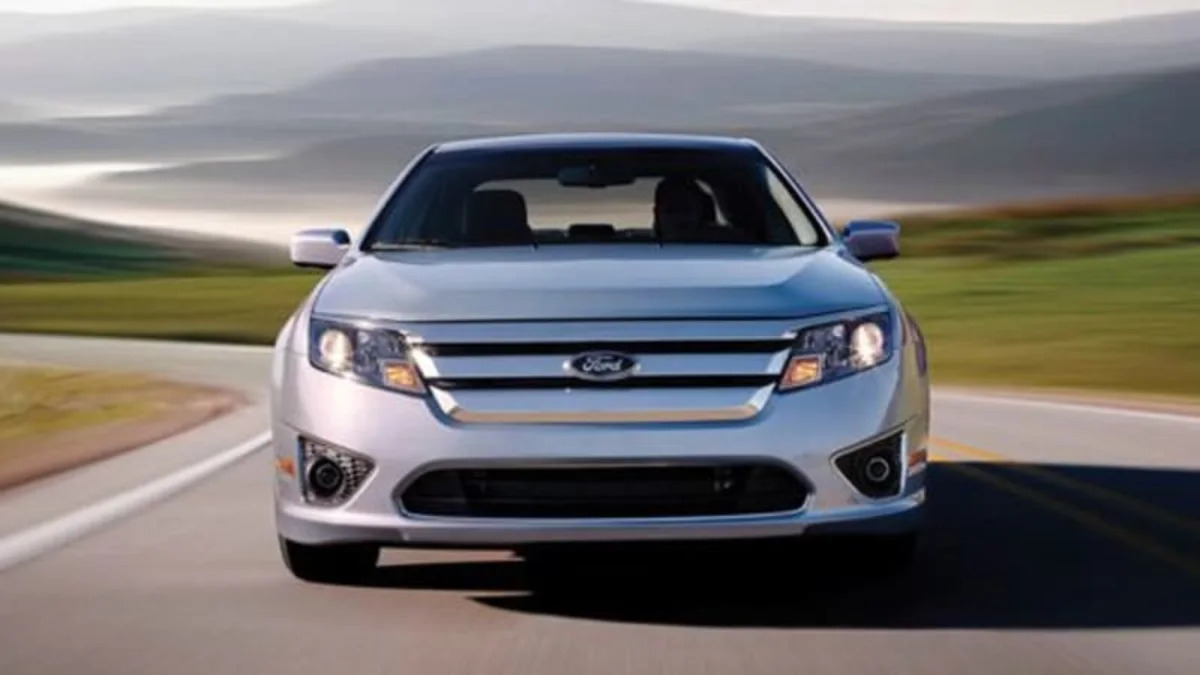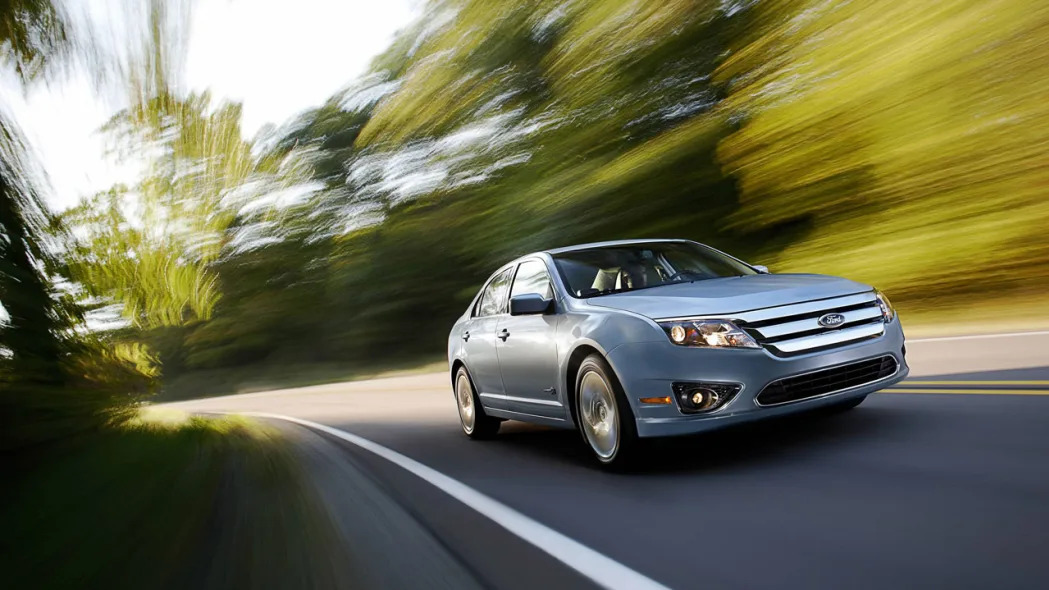Ford Fusion hybrid – Click above for high-res image gallery
Earlier this week, we noted a story from the Federal Times that described the General Services Administration's (GSA) decision to buy thousands of new hybrid vehicles for the U.S. government fleet as a pricey endeavor that was unlikely to be repeated. Turns out, this isn't an accurate way to describe the situation at all.
Here's the deal. The GSA bought 5,600 hybrids with money from the Recovery Act and some of the GSA's own funds with the Recovery Act providing "the lion's share" of the funds, Sara Merriam, the GSA's press secretary, told AutoblogGreen. Most importantly, the recovery act was an infusion of funds to get the ball rolling, not the end of a hybrid purchase policy.
Merriam said the Federal Times piece mischaracterized the GSA's intent to not buy more hybrids in the future based on an average price for a hybrid being $11,214 more than a conventional model. Merriam said that such a focus on upfront cost discrepancies between hybrid and standard ICE models was the wrong way to look at the issue:
Find out all the details after the jump.The bigger argument to make is that we need to be careful to not only talk about the up-front cost, but to really look at the incremental costs. How much are we saving on fuel, each year? How much are we getting back for the car?
[Source: GSA]
There are 650,000 cars in the Federal fleet. A third of these are post office vehicles (i.e., mail trucks, which are getting their own green makeover), a third are owned by independent agencies and the final third are bought by the GSA and then leased to other agencies. Merriam said the GSA asked its agency customers what type of vehicles they want, and many said they want hybrids in the future ( President Obama issued an executive order for agencies to lower their greenhouse gas emissions, so that's a driving force here) . The 5,600 hybrids are just a first step – to be sure, it was the biggest hybrid buy the GSA has ever made – and there will be a lot more hybrid sales, American-made hybrid sales, coming soon. Merriam said all of this means the GSA is in the position to change the marketplace:
Right now, the GSA holds on to sedans for about three or four years. As it turns over the fleet, the GSA is slowly replacing gas vehicles with hybrids. This does cost more per car, no question, but it's worth it, for a few reasons. First, the GSA will be keeping hybrids for five years, lowering overall purchase costs. Second, the anticipated average fuel savings are quite large. Third, there is a national security angle of oil dependency. As Merriam said, "That $11,000 number doesn't capture the total picture of the cost."The buying power that the GSA is exerting is enough to move the marketplace. Want to push the market in such a way that the price [for hybrid vehicles] comes down for everyone.
Oh, and one last thing about that $11,000 price difference. Merriam said the number may have come up during the GSA's interview with the Federal Times, but it's not a fair apples-to-apples comparison because the prices involved were for a 2010 Ford Fusion Hybrid and a 2010 Dodge Avenger. We did note in our original post that the price difference between the Fusion hybrid and standard Fusion was only $8,000, but that's not a number the Federal Times focused on.



Sign in to post
Please sign in to leave a comment.
Continue